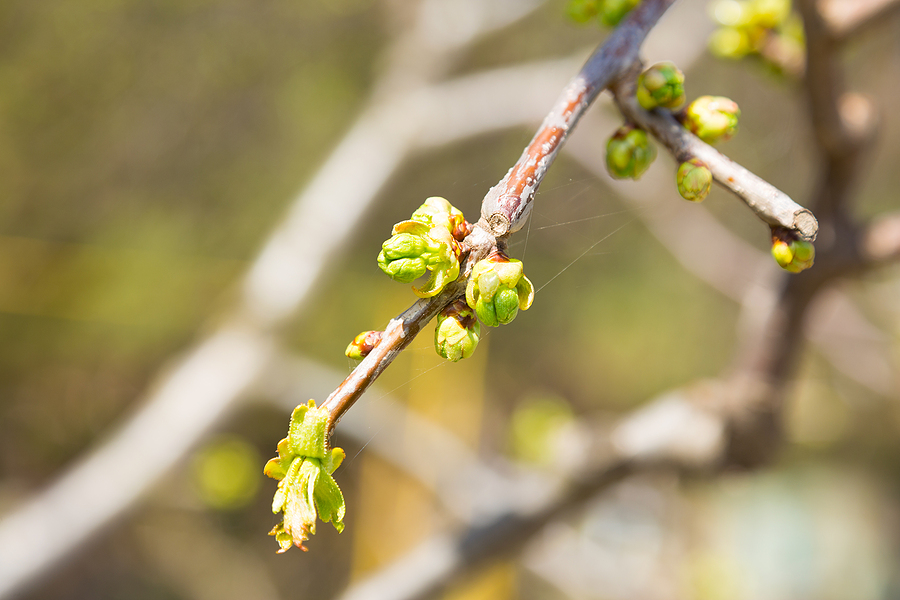As we shake off the winter chills and welcome the warmth of spring, there’s a palpable buzz in the air that’s not just the bees and birds returning. This seasonal shift is a call to action for all the green thumbs and nature enthusiasts out there. For trees, spring is a crucial time of rejuvenation and growth, making it an opportune moment for us to intervene with some strategic tree care practices.
From the dormant state of winter to the flourishing period of spring, the way we treat our trees can significantly impact their health and beauty throughout the year. In this comprehensive guide, we’ll walk you through the essential steps to ensure your arboreal friends are ready to burst back into life this spring.

Tree Care Starts With Understanding Seasonal Changes
Trees, like any other living organism, respond to the changes in their environment. Winter represents a phase of dormancy where trees draw on their reserves, conserving energy until the warmer temperatures of spring signal it’s time to grow again. The gradual transition from one season to the next is not only a sight to behold but a process that requires our attention.
Late Winter vs. Early Spring
Before we jump into action, it’s important to discern between late winter and early spring changes. The sap begins to rise in the late winter, and with the onset of spring, active growth resumes. It’s this window that’s critical for preparing your trees for a season of bustling activity without being overwhelmed.
Pre-Spring Tree Care Tips
The period just before spring is ideal for some key tree care activities. Pruning, soil management, and pest prevention are your allies in ensuring a strong start for your trees.
Pruning for Spring Growth
Pruning can shape trees, invigorate growth, and prevent diseases. Focus on removing dead or damaged limbs, thinning out branches for better light penetration, and ensuring a good structure to support new growth.
Getting the Soil Ready
Healthy soil is the foundation for healthy trees. Test your soil’s pH and nutrient levels and amend as necessary. Mulching around the base of the tree helps retain moisture and regulate soil temperature.
Defense Against Pests
Insects and diseases can wreak havoc on trees as they become more vulnerable during the transition to spring. Inspect for signs of infestation and take preventive measures such as dormant oils and insecticidal soaps.
Promoting Growth and Health
Fertilizing, watering, and ensuring the right amount of sunlight are key to promoting robust growth in the spring. These practices will fortify your trees against environmental stressors.
Feed Your Trees Wisely
Spring is a vital time for trees to benefit from extra nutrients. Choose a slow-release fertilizer appropriate for your tree species, and don’t overdo it – excessive feeding can lead to weak growth.
Quench Their Thirst
While the increased rainfall of spring is beneficial, young or newly planted trees might need additional watering. Deep, infrequent watering is the goal, simulating the natural rise and fall of soil moisture levels.
Sunlight, Their Lifeline
Proper sunlight is essential for photosynthesis and overall tree vigor. Observe the patterns in your yard and trim any overhanging branches that might be blocking the sun, especially if these branches are also the focus of your pruning.
Engaging with Your Trees
Spring is the time to get to know your trees better. Regular observation and a proactive maintenance schedule will keep you in tune with their needs.
Tree Health Checkup
Learn to identify common signs of tree health issues, such as wilting leaves, cankers, or unusual insect activity. Addressing these early can prevent problems from magnifying and requiring drastic measures later.
Implementing a Maintenance Routine
Set up a routine for ongoing care — this can include regular inspections, scheduled feeding and watering, as well as protective measures if your trees are in an area prone to specific diseases or pests.
Professional Intervention
Know when it’s time to call in the experts. An arborist has a trained eye that can spot issues you might miss, and their services range from pruning and pest management to delicate surgical procedures to save a tree in distress.
Conclusion
By being proactive about your tree care in the spring, you’re not just ensuring a beautiful landscape for the season — you’re setting up your trees for a year of vitality and resilience. Remember, the care you provide in the coming weeks can pay dividends in the shade, beauty, and oxygen your trees provide for decades to come. Take the time to prepare, engage, and delight in the transformation of nature right in your own backyard.
Don’t wait for small issues to become big problems. Give your trees the expert attention they deserve. Call Complete Tree Care at 317-783-2518 for affordable tree services in Indianapolis, Indiana and its surrounding counties. From precision pruning to soil analysis, pest management, and beyond, we offer comprehensive care tailored to your unique green space. We provide residential and commercial tree services, as well as certified arborist services.
Related Posts:
The Essential Guide to Tree Inspections
Spring Tree Pruning: A Complete Guide for Gardeners
Essential Tree Care Tips to Get Your Spring Started
